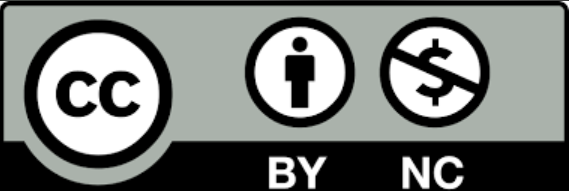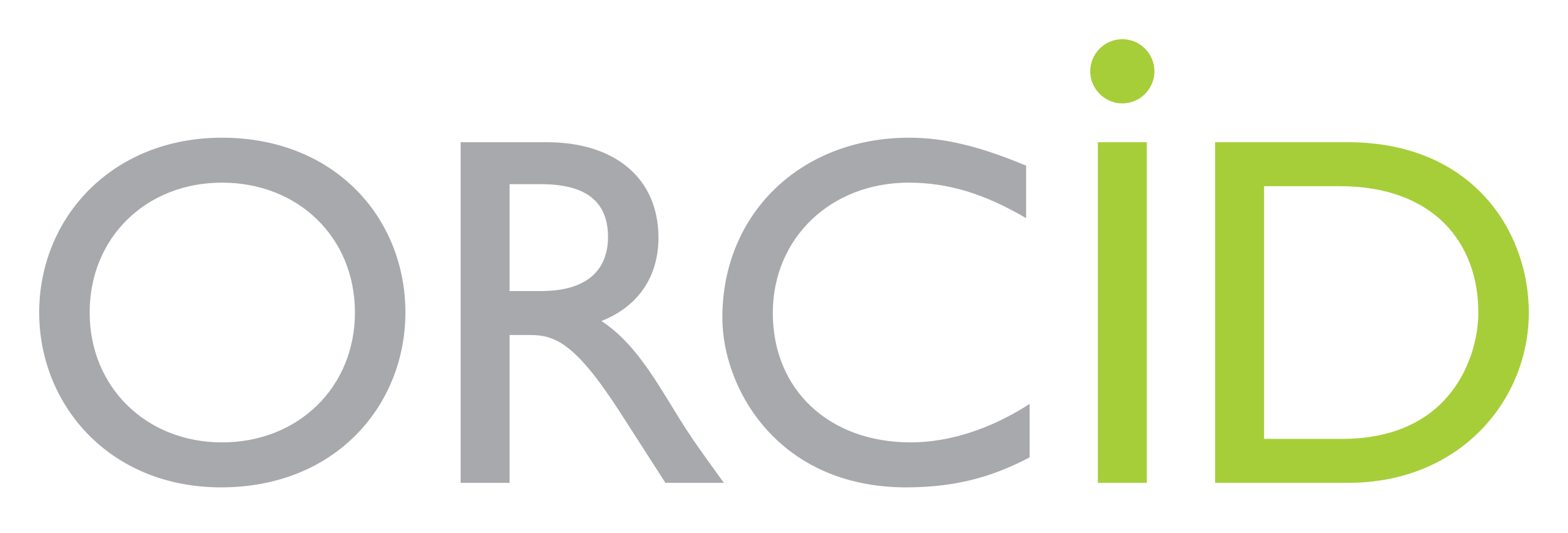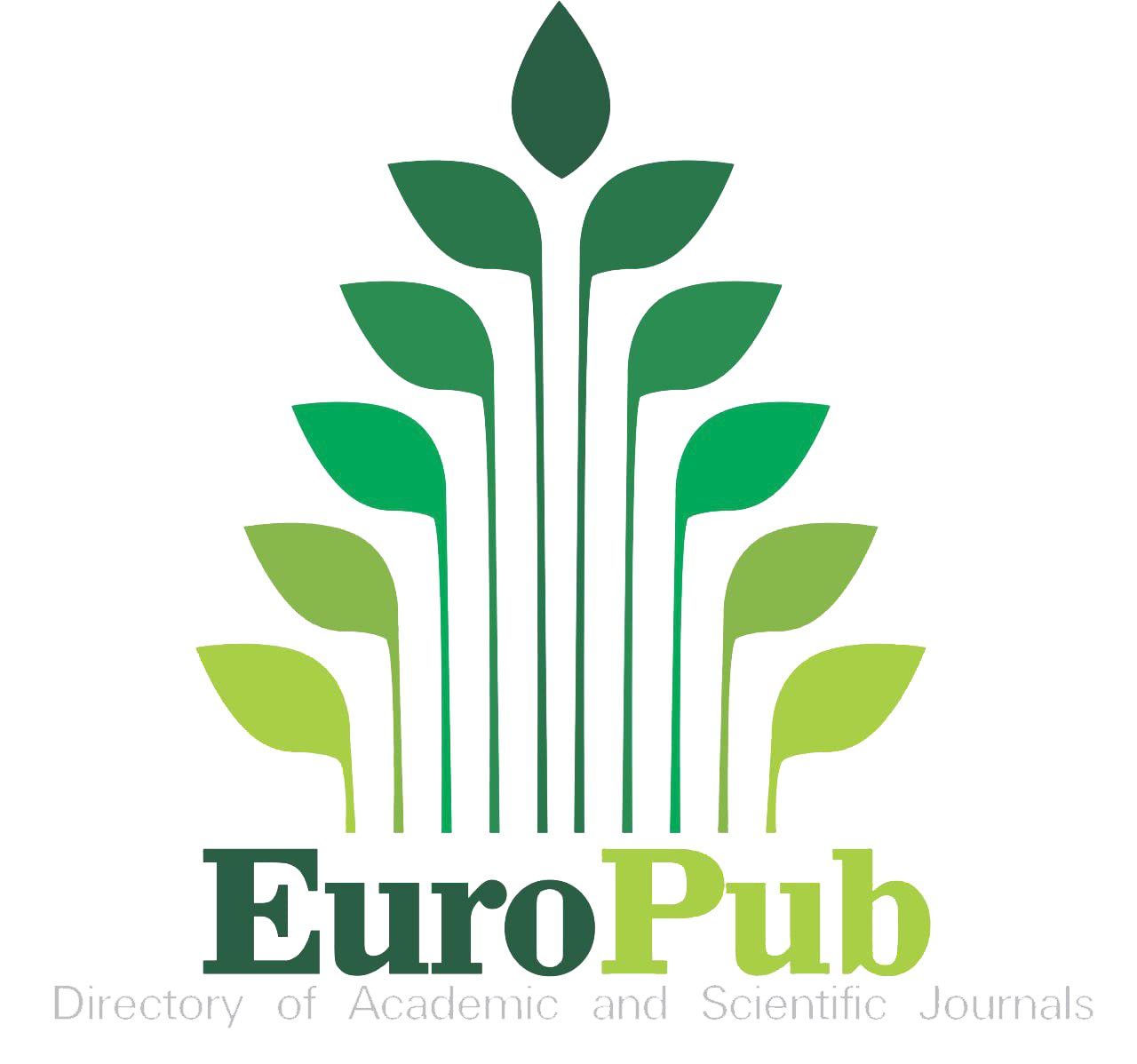Abstract
Background: Temporary anchorage devices have revolutionized fixed orthodontic appliance treatment through anchorage controlling in the clinic and play an essential role in resolving many complex cases. There is a possible risk for roots injury while using inter-radicular micro-implants, this is due to limited space. Therefore, the infrazygomatic crest area can be an alternative mini-implant insertion site in upper arch.
Objectives: To review orthodontic temporary anchorage devices (mini-implants) used in infrazygomatic crest in terms of: method of application, material, size of mini-implants, failure rate and advantage over inter-radicular mini-implants.
Sources: Internet sources, such as Google and Scholar PubMed. Selection of study: studies about the IZC regarding the use of orthodontic mini-implants.
Conclusions: Infrazygomatic crest region is selected to be alternative mini-implant insertion position in the upper arch. Infrazygomatic crest bone has a double-layered cortex and it in position close to the maxillary center of resistance, which is appropriate for mini-implant insertion and offers a strong and stable anchorage site, which could offer advantages over inter-radicular mini-implants.
Recommended Citation
Alsaeedi, Abbas F.; Alrubayee, Mehdi Abdul-hadi; and Sivamurthy, Gautham
(2024)
"Infrazygomatic crest zone regarding orthodontic mini-implants – A Review,"
Maaen Journal for Medical Sciences: Vol. 3
:
Iss.
3
, Article 4.
Available at: https://doi.org/10.55810/2789-9136.1051
References
[1] Kyung, H., N. Ly, and M. Hong, Orthodontic skeletal anchorage: Up-to-date review. Orthod Waves, 2017. 76(3): p. 123-132 DOI: 10.1016/j.odw.2017.06.002.
[2] Al-Attar, A., et al., Effect of mini-implant facilitated micro-osteoperforations on the alignment of mandibular anterior crowding: A randomised controlled clinical trial. J Orthod, 2022. 49(4): p. 379-387 DOI: 10.1177/14653125221099038.
[3] Pathak, S., et al., Mandibular buccal shelf and infra zygomatic crest–A safe zone for mini screw insertion. Indian J Orthod Dentofacial Res, 2019. 5(2): p. 60-62 DOI: 10.18231/j.ijodr.2019.013.
[4] Shetty, S., et al., Factors affecting stability of orthodontic mini implants—A literature review. Sch J Dent Sci, 2018. 5: p. 28-34 DOI.
[5] Jedliński, M., et al., Guided Insertion of Temporary Anchorage Device in Form of Orthodontic Titanium Miniscrews with Customized 3D Templates—A Systematic Review with Meta-Analysis of Clinical Studies. Coatings, 2021. 11(12): p. 1488 DOI: https://doi.org/10.3390/coatings11121488.
[6] Lima Jr, A., et al., Safe sites for orthodontic miniscrew insertion in the infrazygomatic crest area in different facial types: A tomographic study. Am J Orthod Dentofacial Orthop, 2022. 161(1): p. 37-45 DOI: https://doi.org/10.1016/j.ajodo.2020.06.044.
[7] Migliorati, M., et al., Three-dimensional analysis of miniscrew position changes during bone-borne expansion in young and late adolescent patients. Prog. Orthod., 2023. 24(1): p. 20 DOI: 10.1186/s40510-023-00469-0.
[8] Tavares, A., I.-M. Crusoé-Rebello, and F.-S. Neves, Tomographic evaluation of infrazygomatic crest for orthodontic anchorage in different vertical and sagittal skeletal patterns. J Clin Exp Dent, 2020. 12(11): p. e1015 DOI: https://doi.org/10.4317%2Fjced.57267.
[9] Liou, E.J., et al., A computed tomographic image study on the thickness of the infrazygomatic crest of the maxilla and its clinical implications for miniscrew insertion. Am J Orthod Dentofacial Orthop, 2007. 131(3): p. 352-356 DOI: 10.1016/j.ajodo.2005.04.044.
[10] Ashfaq, S., et al., Comparison of infrazygomatic crest bone screw position using a postero-anterior cephalogram versus cone-beam computed tomography: a cross sectional study. AOJ, 2023. 39(2): p. 64-70 DOI.
[11] Baumgaertel, S. and M.G. Hans, Assessment of infrazygomatic bone depth for mini‐screw insertion. Clin. Oral Implants Res., 2009. 20(6): p. 638-642 DOI: 10.1111/j.1600-0501.2008.01691.x.
[12] Chang, C.H., J.-H. Lin, and W.E. Roberts, Success of infrazygomatic crest bone screws: patient age, insertion angle, sinus penetration, and terminal insertion torque. Am J Orthod Dentofacial Orthop, 2022. 161(6): p. 783-790 DOI: 10.1016/j.ajodo.2021.01.028.
[13] Ibrahim, S.W. and W.A. Al Nakkash, Mechanical evaluation of nano hydroxyapatite, chitosan and collagen composite coating compared with nano hydroxyapatite coating on commercially pure titanium dental implant. JBCD, 2017. 29(2): p. 42-48 DOI.
[14] Wilmes, B., et al., Parameters affecting primary stability of orthodontic mini-implantsEinfluss der Insertionsparameter auf die Primärstabilität orthodontischer mini-Implantate. J. Orofac. Orthop./Fortschritte der Kieferorthopädie, 2006. 67: p. 162-174 DOI: 10.1007/s00056-006-0611-z.
[15] Romanos, G.E., et al., Histologic and histomorphometric evaluation of peri-implant bone subjected to immediate loading: an experimental study with Macaca fascicularis. Int J Oral Maxillofac Implants, 2002. 17(1) DOI.
[16] Mohammed, H.I., Assessment of orthodontic mini-implant primary stability with various dimensions and designs (An In-vitro comparative study). 2018, College of Dentistry Assessment of orthodontic mini-implant primary … DOI.
[17] Marquezan, M., et al., Does cortical thickness influence the primary stability of miniscrews?: a systematic review and meta-analysis. Angle Orthod, 2014. 84(6): p. 1093-1103 DOI: 10.2319/093013-716.1.
[18] Kadhem, H.J. and A.F. Alhuwaizi, Periotest Evaluation of Stability after Insertion of Temporary Anchorage Device. Indian Journal of Forensic Medicine & Toxicology, 2021. 15(4) DOI.
[19] Murugesan, A. and A. Sivakumar, Comparison of bone thickness in infrazygomatic crest area at various miniscrew insertion angles in Dravidian population–a cone beam computed tomography study. International Orthodontics, 2020. 18(1): p. 105-114 DOI.
[20] Al Amri, M.S., et al., Anatomical consideration for optimal position of orthodontic miniscrews in the maxilla: a CBCT appraisal. Annals of Saudi Medicine, 2020. 40(4): p. 330-337 DOI.
[21] Jacobson, A., Book review| Creative orthodontics: Blending the Damon system and TADs to manage difficult malocclusions, John Jin-Jong Lin, yonchieh@ seed. net. tw, Yong Chien Company, Taiwan (2007), 324 pages; $185. 2008, Mosby DOI.
[22] Ghosh, A., Infra-zygomatic crest and buccal shelf-Orthodontic bone screws: A leap ahead of micro-implants–Clinical perspectives. JIOS, 2018. 52(4_suppl2): p. 127-141 DOI: 10.4103/jios.jios_229_18.
[23] Santos, A.R., et al., Assessing bone thickness in the infrazygomatic crest area aiming the orthodontic miniplates positioning: a tomographic study. DOAJ, 2017. 22: p. 70-76 DOI.
[24] Uribe, F., et al., Failure rates of mini-implants placed in the infrazygomatic region. Prog. Orthod., 2015. 16(1): p. 1-6 DOI: 10.1186/s40510-015-0100-2.
[25] Papageorgiou, S.N., I.P. Zogakis, and M.A. Papadopoulos, Failure rates and associated risk factors of orthodontic miniscrew implants: a meta-analysis. Am J Orthod Dentofacial Orthop, 2012. 142(5): p. 577-595. e7 DOI: 10.1016/j.ajodo.2012.05.016.
[26] Chang, C., S.S. Liu, and W.E. Roberts, Primary failure rate for 1680 extra-alveolar mandibular buccal shelf mini-screws placed in movable mucosa or attached gingiva. Angle Orthod, 2015. 85(6): p. 905-910 DOI: 10.2319/092714.695.1.
[27] Motoyoshi, M., et al., Maxillary sinus perforation by orthodontic anchor screws. J. Oral Sci., 2015. 57(2): p. 95-100 DOI: 10.2334/josnusd.57.95.
[28] Hasan, S.M. and A.F. Alhuwaizi, Antibiofilm and antimicrobial effectiveness of chlorhexidine hexametaphosphate nanoparticles as a coating for orthodontic miniscrews. PJMHS, 2022. 16(03): p. 626-626 DOI: 10.53350/pjmhs22163626.
[29] Jia, X., X. Chen, and X. Huang, Influence of orthodontic mini-implant penetration of the maxillary sinus in the infrazygomatic crest region. Am J Orthod Dentofacial Orthop, 2018. 153(5): p. 656-661 DOI: 10.1016/j.ajodo.2017.08.021.
[30] Chang, C.H., J.S. Lin, and W.E. Roberts, Failure rates for stainless steel versus titanium alloy infrazygomatic crest bone screws: A single-center, randomized double-blind clinical trial. Angle Orthod, 2019. 89(1): p. 40-46 DOI: 0.2319/012518-70.1.
[31] Gill, G., et al., Failure rates and factors associated with infrazygomatic crestal orthodontic implants-A prospective study. JOBCR, 2023. 13(2): p. 283-289 DOI: 10.1016/j.jobcr.2023.02.010.
[32] Nabeel, A. and S.S. Saliem, Periimplantitis-A review. JBCD, 2015. 27(2): p. 101-104 DOI.
















Indexed in: